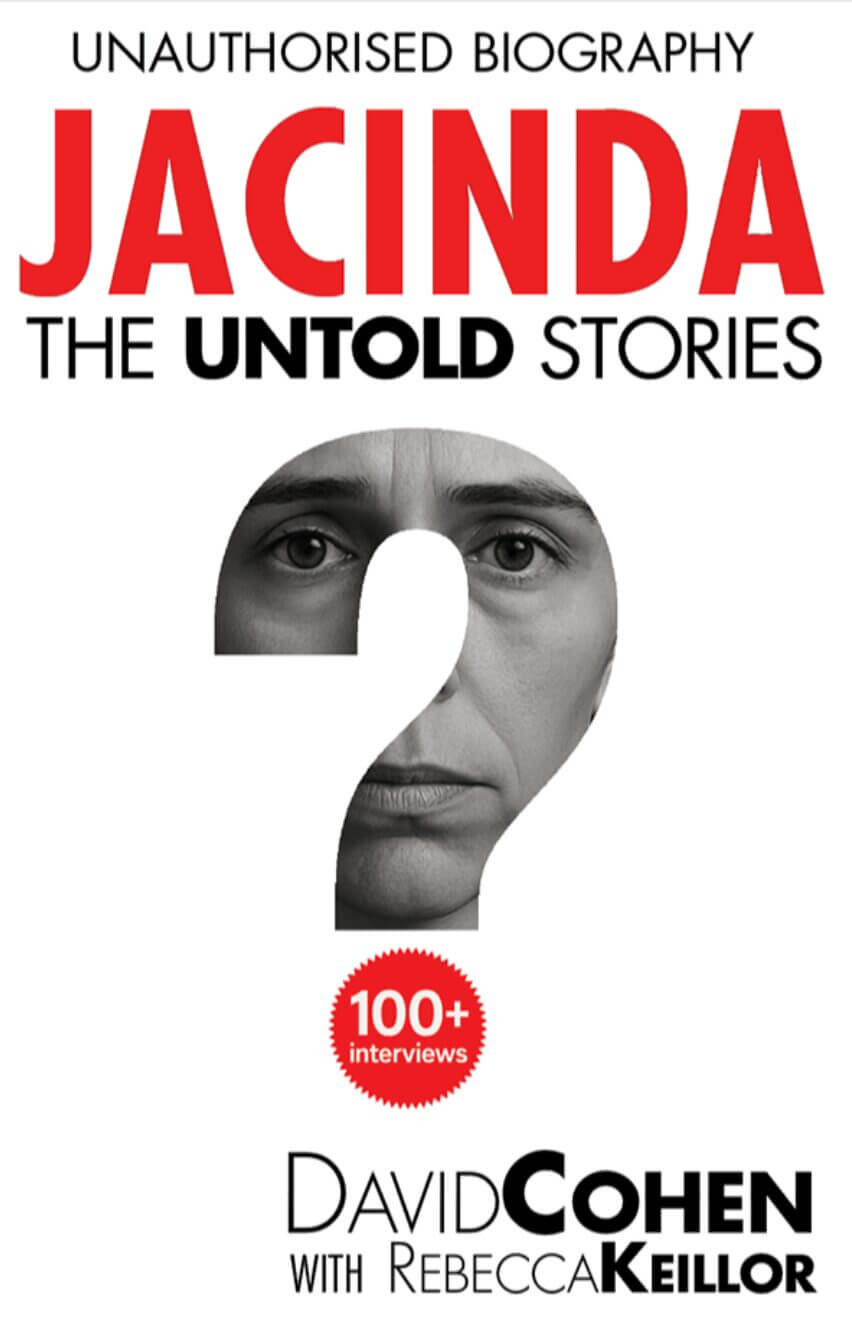Summarised by Centrist
New modelling shows New Zealand stands to benefit from Donald Trump’s sweeping new tariffs on foreign imports despite global economic losses and a sharp hit to the US economy.
Dubbed “Liberation Day” tariffs by the Trump administration, the new trade regime imposes baseline tariffs of 10% on most imports, with higher rates for some countries.
In the modelling, Vietnam faces 46%, China 54% (which seems to change almost daily), and Thailand 36%. New Zealand, by comparison, is assigned a 10% tariff – placing it among the lowest tier of affected nations.
Professor Niven Winchester of the Auckland University of Technology used a global economic simulation model to estimate the impact of the tariffs under two scenarios: one with retaliation from other countries and one without.
In both cases, New Zealand comes out ahead.
If New Zealand retaliates, GDP goes up by 0.29%—about $397 more per household. Even without retaliating, New Zealand still comes out ahead, just by a bit less. The boost comes from Kiwi goods looking better to US buyers as products from higher-tariff countries become less competitive.
Winchester notes that while some countries benefit on the margins, trade wars shrink the pie. “Previous announcements dropped sand into the cogs of international trade,” he writes. “The reciprocal tariffs throw a spanner into the works.”
Editor’s note: While the numbers suggest New Zealand could benefit from Trump’s tariffs, the projections are based on modelling – not reality. Real-world trade is messy, and outcomes hinge on how others respond and which policies actually stick. Take it all with a grain of salt.
Image: Gage Skidmore









